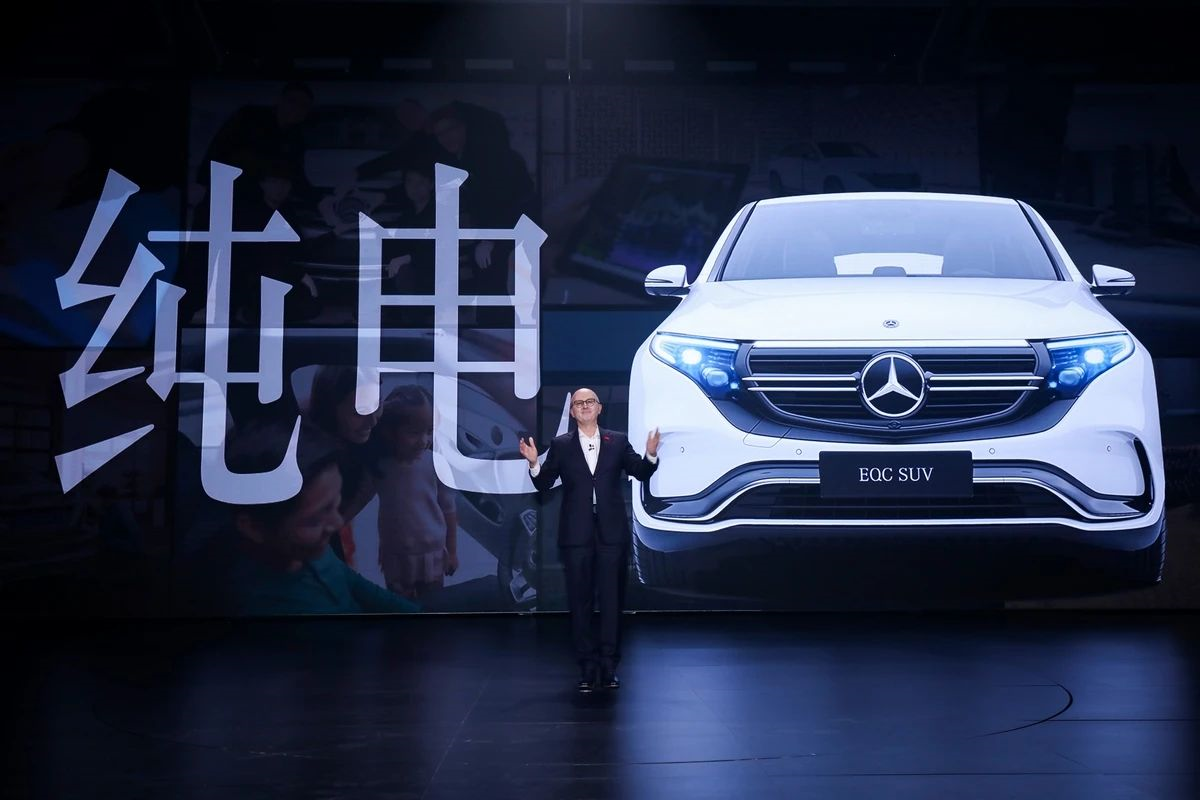“The Battle: Mercedes-Benz’s Comprehensive Electrification”
On the evening of July 22nd, Mercedes-Benz announced in an electric car strategy update event that “Mercedes-Benz will be fully prepared for comprehensive electrification before 2030 in markets where conditions permit.”
Although the phrase “where conditions permit” implies that the company will still sell fuel-powered cars to markets with low demand for electric cars after 2030, the move towards “comprehensive electrification” from “electric first” for this car company with over 130 years of history is still significant.
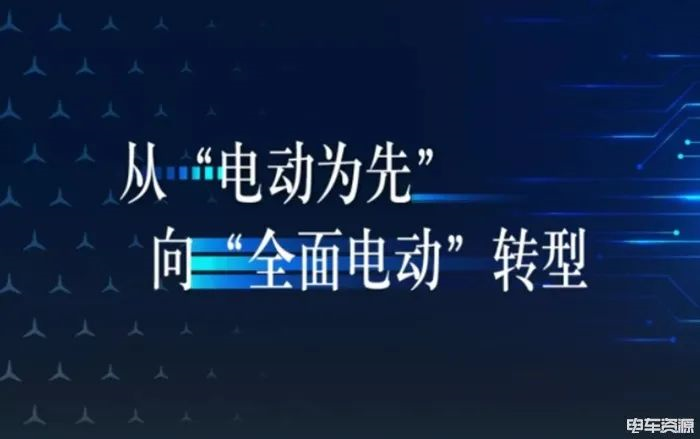
So, what “hard measures” were mentioned in the 65-minute presentation?
Product Level
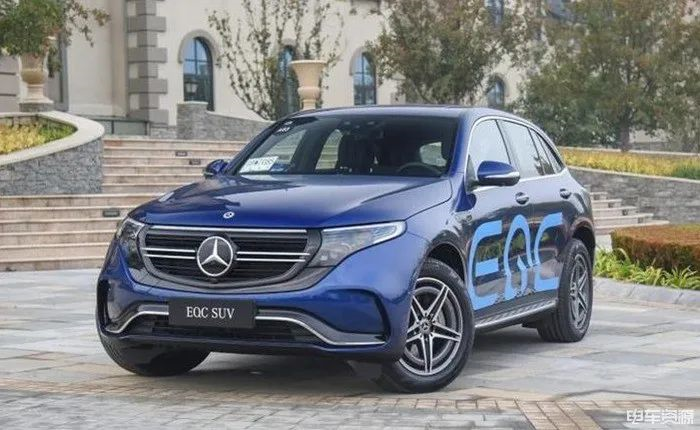
Currently, Mercedes-Benz only has one electric car, the EQC, that is available for sale, but its sales performance is far behind that of the leading luxury car brand, Mercedes-Benz, in the domestic market. The data shows that EQC sold only 315 vehicles last month with a cumulative sales of 3,004 during the first half of the year. In contrast, NIO ES6, a new electric car brand with a similar price range, sold 3,775 vehicles last month.
As the first electric car model under the Mercedes-Benz brand and also the first domestically produced electric car model, the EQC was launched in November 2019. The introduction speed of this model from its global release to its domestic production was among the fastest in the domestic market, and this plan reflects Mercedes-Benz’s desire to achieve transformation through this electric car model. However, not all Mercedes-Benz models are easy to sell!
From 2025, all newly released car platforms will be electric.
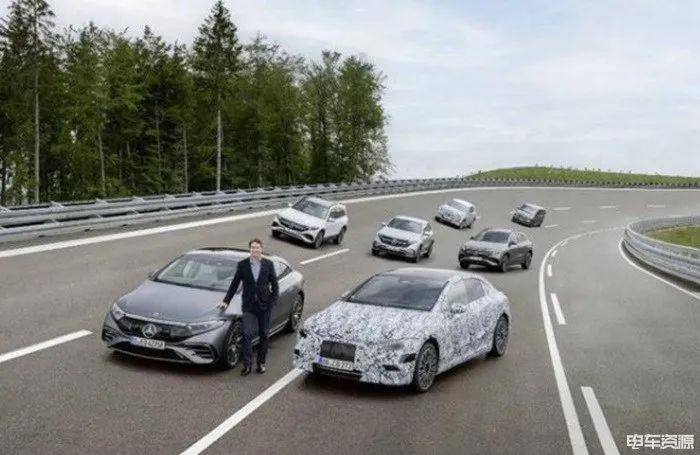
This is not Mercedes-Benz’s usual style. New pure electric models, such as the EQA SUV, EQB SUV, and EQS sedan, will soon enter the Chinese market this year. In the near future, three new models: EQE sedan, EQS SUV, and EQE SUV, will also be launched one after another. In addition, electric products will be provided by Mercedes-AMG, Mercedes-Maybach, and G-Class models.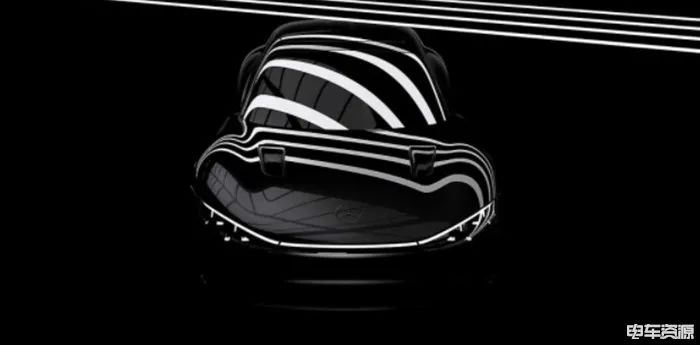
In addition, Mercedes-Benz is developing the VISION EQXX, a vehicle with a real-world range of over 1,000 kilometers, which will make its global debut in 2022.
Källenius, Chairman of the Board of Management of Daimler AG, and Mercedes-Benz AG, pointed out that our main task in this transformation is to impress customers with attractive products and join us in the transformation. For Mercedes-Benz, the groundbreaking pure electric flagship model, the EQS, is just the beginning of this new era, and accelerating the plan to advance the electric product lineup may lead to an early inflection point for the electric vehicle application.
Technical aspects
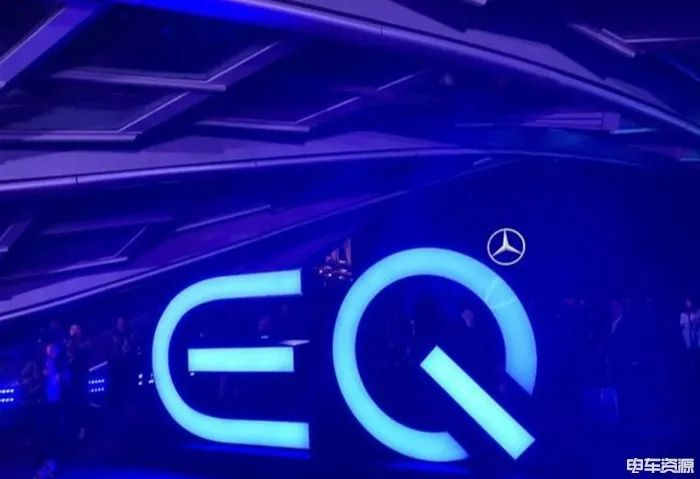
In terms of pure electric architecture platform. By 2025, Mercedes-Benz will launch three pure electric vehicle architecture platforms.
MB.EA covers all mid-to-large passenger car products and features a scalable modular system, which will be the mainstay of the electric platform.
AMG.EA is a dedicated high-performance electric vehicle architecture.
VAN.EA is applied to van and light commercial vehicle models, corresponding to the Mercedes-Benz V-Class.
The three architecture platforms are not difficult to understand, corresponding to the popular models of the Mercedes-Benz fuel vehicle system.
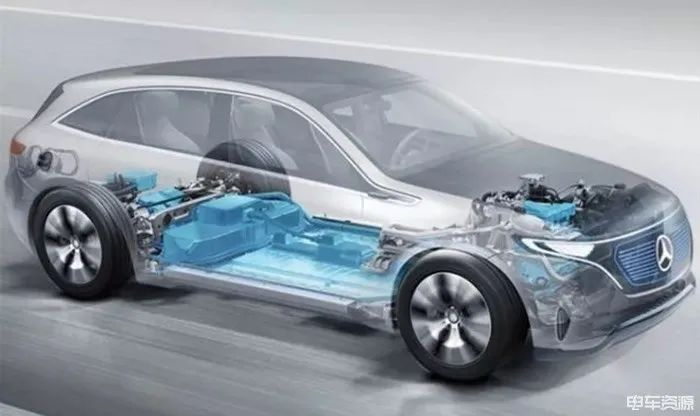
In terms of battery solutions. In the future, the demand for Mercedes-Benz’s battery production capacity will exceed 200 gigawatt hours. In addition to the production network consisting of 9 battery factories that have been put into production or planned, plans are underway to build 8 more battery cell factories. Among them, the next-generation highly standardized batteries will be adaptable to over 90% of Mercedes-Benz’s passenger cars and light commercial vehicles, and will provide personalized solutions to all customers with its flexibility.
Previously, Tesla and Volkswagen had also announced and publicized their international vehicle manufacturers producing battery cells and building their own battery factories. In March of this year, the latter announced at Volkswagen’s battery day that it will build 6 new power battery super factories in Europe. In order to ensure speed, Volkswagen did not build its own factory, but acquired capital or cooperated with others.
As more and more vehicle models view the transformation to electric power as a “life-saving pill,” it seems that building batteries by automakers has become a trend. And in the Chinese market, automakers such as BYD and Great Wall have already taken the lead in producing their own batteries.It is worth mentioning that while promoting its powertrain-related businesses, Mercedes-Benz recently announced the acquisition of British electric motor company YASA. Under the acquisition agreement, YASA will become a wholly-owned subsidiary of Mercedes-Benz. Through this acquisition, Mercedes-Benz gains expertise in axial flux motor technology and developing the next generation of high-performance motors.
The company stated that not only is China the world’s largest market for new energy vehicles, but it also has numerous enterprises and suppliers focusing on electric vehicle components and software technology, which will play a vital role in accelerating Mercedes-Benz’s electrification strategy.

Regarding recycling, Mercedes-Benz has also made forward-looking arrangements. It plans to establish a new power battery recycling factory in Kuppenheim, Germany, to develop recycling technology and ensure future recycling processing capacity. The factory is expected to start operation in 2023, depending on the results of active communication with relevant departments.
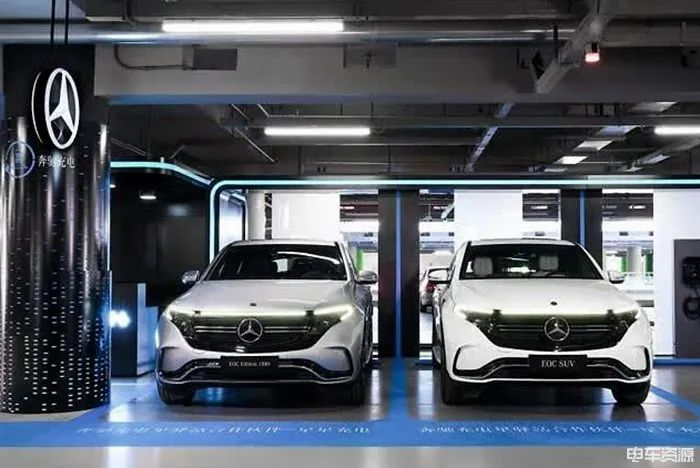
In terms of infrastructure support, Mercedes-Benz is committed to creating a new standard in the charging field. Currently, the Mercedes me Charge charging network has become one of the largest charging networks in the world, covering over 530,000 AC and DC charging stations worldwide.
In addition, Mercedes-Benz is cooperating with Shell to expand the charging network. By 2025, the network will have over 30,000 charging stations in Europe, China, and North America, including over 10,000 high-power charging stations worldwide. At the same time, Mercedes-Benz plans to launch multiple high-end charging stations in Europe.
With the upcoming launch of the new EQS all-electric sedan, the Plug & Charge service will also be available. Customers can start charging by simply plugging in without additional verification or payment operations and unplug the connector after charging.
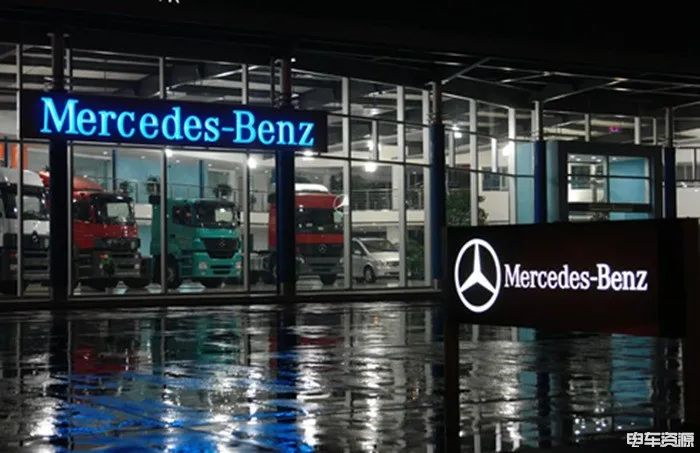
If the above pure electric platform architecture and industrial layout are the “small goals” of Mercedes-Benz’s electrification transformation, perhaps maintaining profitability similar to that of the internal combustion engine era in the pure electric era is the automaker’s biggest “ambition”.According to Mercedes-Benz’s estimation, from 2022 to 2033, the automaker’s entire investment in pure electric transformation will exceed 40 billion euros. These funds will mainly be invested in technological R&D and expansion, including building new battery factories, developing new electric platform architectures, recruiting 3,000 software talents for the MB.OS system, and so on.
It is understood that Mercedes-Benz plans to reduce its investment in combustion engine models and plug-in hybrid products by 80% by 2026 compared to 2019. Correspondingly, the investment in pure electric vehicle models will inevitably increase, but Mercedes-Benz expects that the company’s profit margin in the pure electric era will be similar to that of the combustion engine era.
Simply put, even in the pure electric era, Mercedes-Benz still wants to be the “Mercedes-Benz” that can maintain a high brand premium and obtain the same brand status as the combustion engine era.
“After all, Mercedes-Benz also acknowledges that all the above plans will be implemented while ensuring the completion of its profit target.”
Final Words
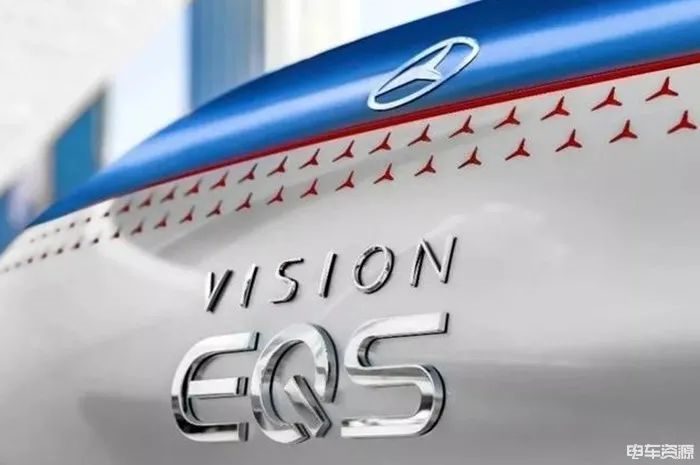
Currently, nearly 20 global automakers have announced plans for comprehensive electrification, with most companies proposing to achieve full electrification after 2030.
Of the companies on this list, European traditional automakers are typical “radicals” representatives.
On July 13, Volkswagen Group released its 2030 NEW UTO strategy to accelerate the transformation towards a “software-driven mobile travel service provider.” According to the plan, the share of the Group’s pure electric vehicle models is expected to rise to 50% by 2030; by no later than 2050, the Group will achieve carbon neutrality.
On March 16, BMW announced its electrification transformation strategy after the financial report release. According to the plan, by the end of 2025, the company predicts to deliver globally two million pure electric vehicles; by 2030, pure electric vehicle models will account for at least 50% of the total deliveries of the BMW Group; and in the next decade, the BMW Group plans to deliver about 10 million pure electric vehicles globally.
In addition, companies like Jaguar and Audi are aiming to become pure electric vehicle brands by 2025 and launch their last gasoline vehicle in 2026, respectively. After that, all new vehicles will be electric.
Despite the fact that these European traditional automakers have made promises, the fact that their sales of new energy vehicles are still headache-inducing remains unchanged.
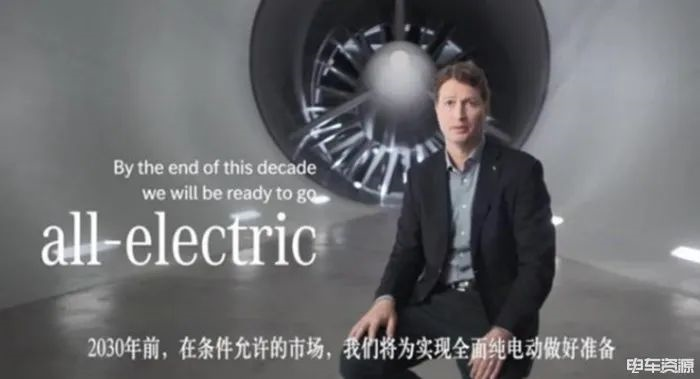 Compared with the seemingly radical move by Mercedes-Benz, it just gave a boost for its stumbling past and was also cautious, not like the above-mentioned “hero” claiming confidently since the full-scale pure electric goal for 2030 is only an estimated target. Whether Mercedes-Benz can maintain its leading position in the era of fuel-powered vehicles remains to be seen for now.
Compared with the seemingly radical move by Mercedes-Benz, it just gave a boost for its stumbling past and was also cautious, not like the above-mentioned “hero” claiming confidently since the full-scale pure electric goal for 2030 is only an estimated target. Whether Mercedes-Benz can maintain its leading position in the era of fuel-powered vehicles remains to be seen for now.
The current situation is approaching, and Mercedes-Benz is really in a hurry this time! The full electrification in 2030 is obviously earlier than the proposed ban on fuel by the EU in 2035….
This article is a translation by ChatGPT of a Chinese report from 42HOW. If you have any questions about it, please email bd@42how.com.
